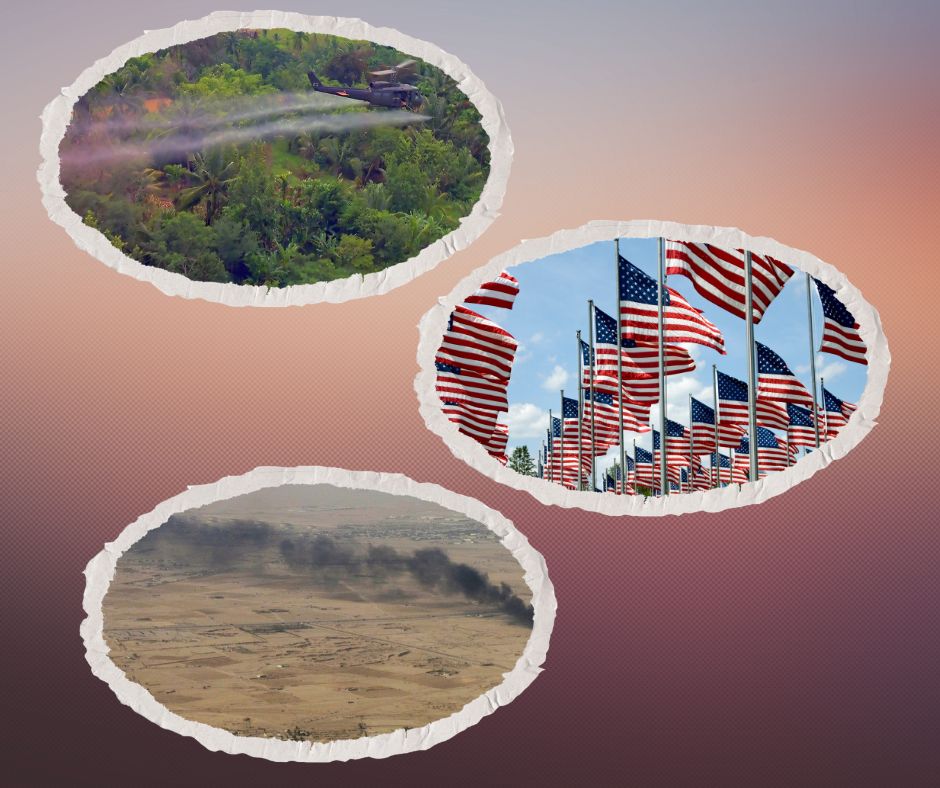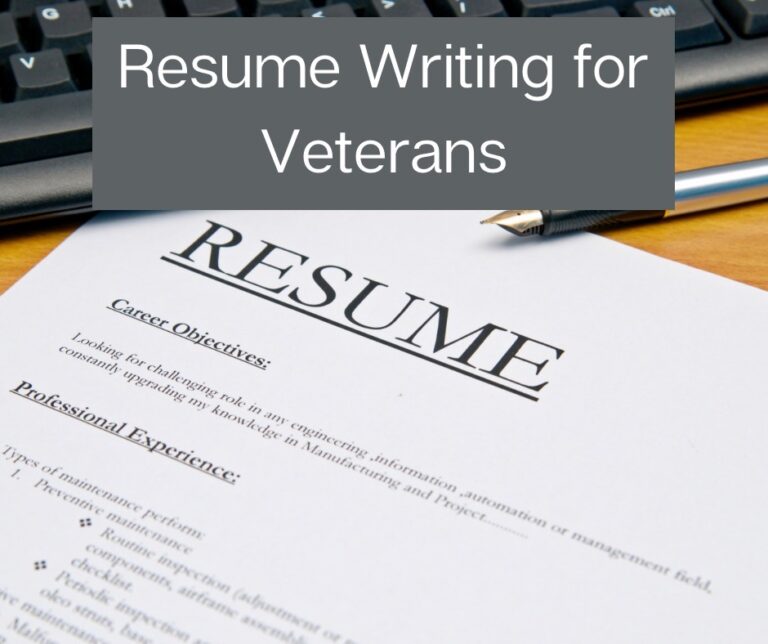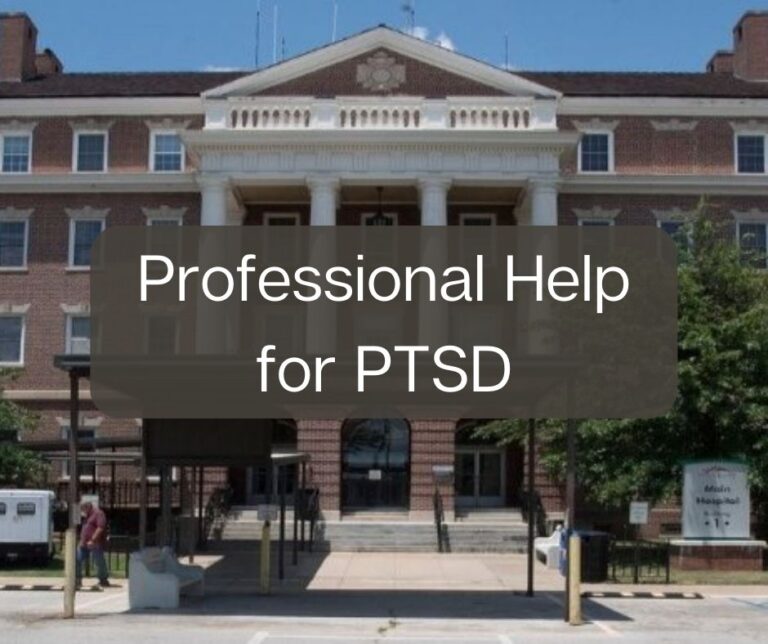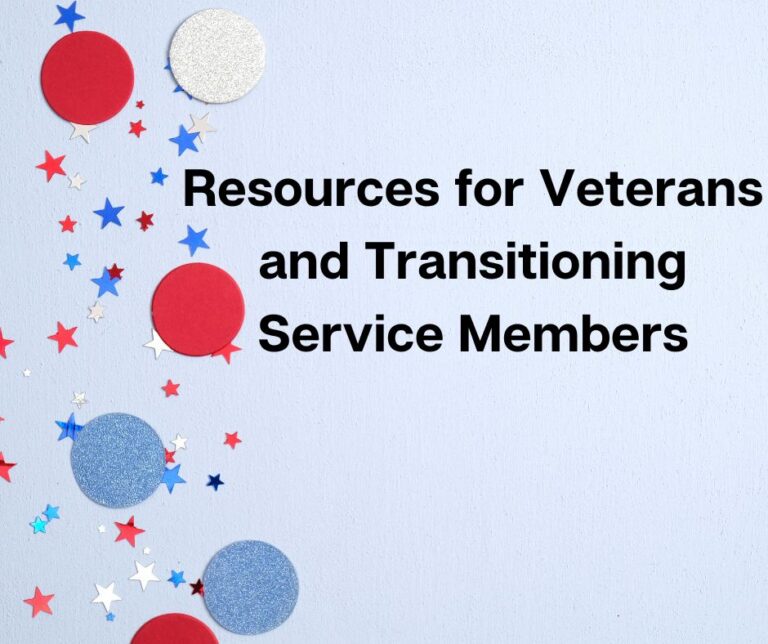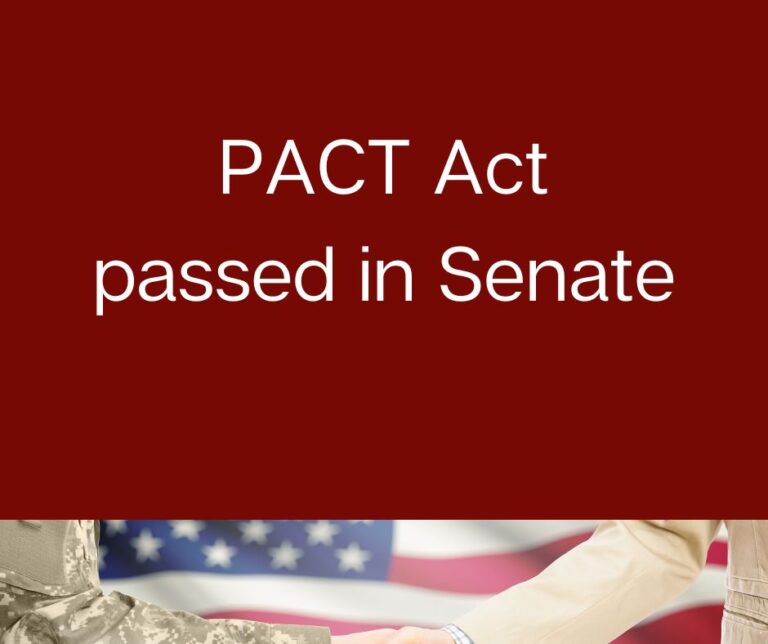Survivors and the PACT Act
Can survivors be benefitted by the PACT Act? That is a question that we have been asked several times since the Act was signed in Aug of 2022. The answer is, yes they can be. There are a few questions which need to be answered in order to determine if a survivor might qualify for benefits under the Act.
What Is A Survivor?
First, what exactly is a survivor for the purposes of VA Benefits? A survivor is a family member of a deceased Veteran or Active Duty Military Person. We have discussed before ways to make it easier on survivors when the Veteran has passed away, and those suggestions still stand. For many survivors though, they may be starting with nothing except knowing their Veteran likely served in a specific locality. So, some work may be needed to prove a service connection.
Service Connection
For many Veterans (and survivors), the service connection is often the most difficult part of a claim. When dealing with presumptive conditions, however, service connection is presumed as long as the Veteran meets the conditions of location and time. For example, if a Veteran has prostate cancer (a presumptive of Agent Orange), AND that Veteran was in Vietnam anytime between January 9, 1962 and May 7, 1975 then the prostate cancer is presumed to be service connected.
The PACT Act added several areas to the Agent Orange location list. They include
- Any U.S. or Royal Thai military base in Thailand between January 9, 1962 and June 30, 1976
- Anywhere in Laos between December 1, 1965 and September 30, 1969
- At Mimi’s or Krek in the Kampong Cham Province of Cambodia between April 16 and April 30, 1969
- Guam or American Samoa OR in the territorial waters off of either of them between January 9, 1962 and July 31, 1980
- Johnston Atoll or a ship calling at Johnston Atoll between January 1, 1972 and September 30, 1977
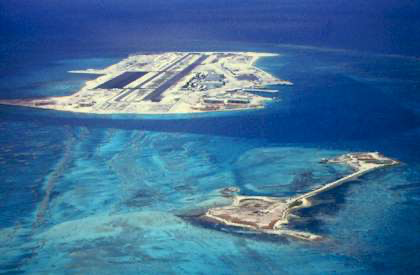
There are a few more locations, but these will be more isolated cases and will definitely need good evidence that the Veteran was in the locations and the duties listed.
- Served in or near the Korean DMZ between September 1, 1967 and August 31, 1971
- Served on Active Duty in an Air Force unit location where C-123 aircraft with traces of Agent Orange were assigned AND had frequent contact with the aircraft due to flight, ground, or medical duties
- Involved in transporting, testing, storing, or other uses of Agent Orange during military service
- Assigned as a Reservist to certain flight, ground, or medical crew duties listed above
More service requirement details can be found at the following links:
Public Law 116-23 (Blue Water Navy Vietnam Veterans Act of 2019)
Air Force specialty codes and units for affected C-123 aircraft (PDF)
Dates and locations of herbicide tests and storage outside Vietnam
For Survivors
Okay, so what does all of this mean for survivors? This means that if your Veteran served in one of these areas in the correct timeframe, they can retroactively be found service connected for a presumptive condition.
For example, say your Veteran told you about serving on a US base in Thailand during the Vietnam war. The Veteran had some mementos, or maybe a set of orders, or some other evidence that he had served in Thailand.
Thirty years after the Vietnam war, the Veteran passed away due to one of the cancers which are presumptive for Agent Orange. However, at the time Thailand was not considered an area which was affected by Agent Orange, so the Veterans death was not considered to be service connected.
With the passage of the PACT Act, the Veteran’s death is now service connected. The surviving spouse can file a claim with the VA for Dependency and Indemnity Compensation (DIC).
Now don’t be surprised that these claims may be more difficult to get approved by the VA. In many instances, there may be very little evidence that the Veteran was based where they said they were. You may have to get creative to prove their service in one of these locations. Don’t give up without exploring all of your options. This may mean letters the Veteran received or mailed mentioning their experience in Thailand, pictures of them at a base with signs showing where they were based, or even ‘buddy letters’ from friends who were stationed with them and can vouch that they were in the location they said they were. I have seen a pilot who made an emergency landing at a Thailand airbase during the Vietnam war. The aircraft was damaged and the flight crew had to get in touch with a base in California for parts. A team was sent to Thailand with the part to install it. The pilot, now over 70 tears old, is still in touch with one of the maintenance officers of the base in California who had been instrumental in sending the crew and part for the repair. With the passage of the PACT Act, the maintenance officer, now in his 70’s also, provided a letter corroborating the presence of the pilot and plane in Thailand.
Your Local Veteran Service Officer
Most survivors do not have the military background to comfortably navigate the necessary steps in proving the location of the Veteran who has passed. The best advice we can offer is to get in touch with a local Veteran Service Officer. Veteran Service Officers have been trained and have practice in the finding the different means of proof for Veterans locations, especially in instances where the locations is not simply listed on the DD214. You can find a search form to located your closest Veteran Service Officer here.
The passage of the PACT Act has opened up the possibility for many Veterans and Survivors to receive the compensation they are due. Talk to your Veteran Service Officer if you think you have a case.
God Bless,
NWAVET

